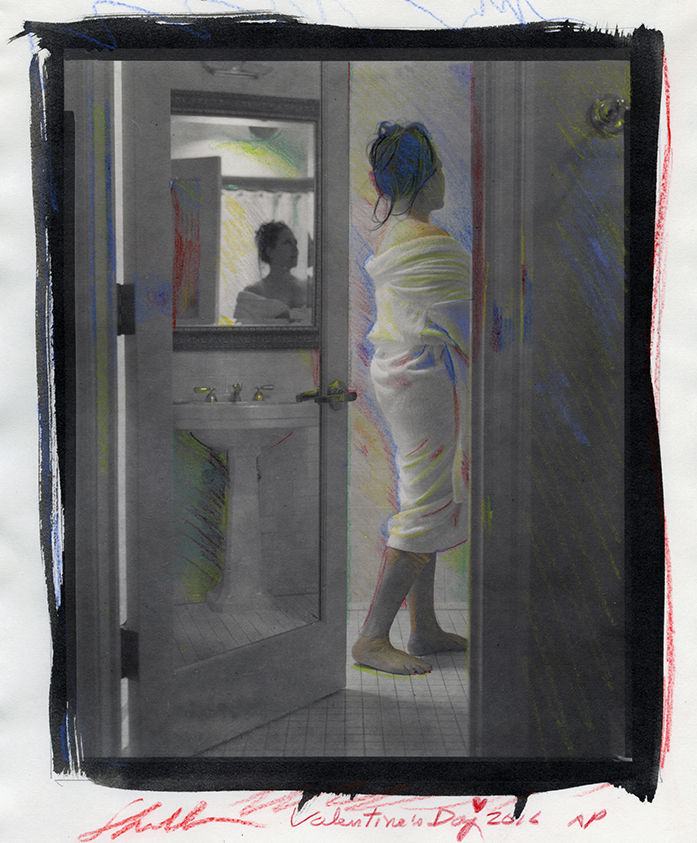Exhibit Dates
October 24–December 9, 2016
About the Exhibition
"In the halcyon days of photography (1839 –1888), cameras were beautiful hand built objects, made of rare woods, and brass. Lenses were hand ground and mounted on wood boards to fit these 'view cameras.' Film came in the form of individual glass plates or plastic sheets coated with light sensitive salts, that matched the standard view camera sizes, typically 4x5 inches, 5x7 inches, 8x10 inches, 11 x 14 inches, and larger. Each exposed plate or sheet of film required individual hand development in a darkroom. These large developed bxw negatives were printed in contact with light sensitive photo papers. This was before the days of roll film, (invented by the Eastman Kodak company in 1888) 'blow-up' enlargements made in a darkroom, and digital photography that no longer requires film, processing chemistry or darkrooms.
All the photographs in my exhibition were made using one of the above format view cameras, and printed in a 19th century printing process call the Platinotype, invented in 1873. The 8x10 inch, and 11 x 14 inch cameras on exhibit are examples of the classic view cameras used during the golden era of photography."
–Thomas John Shillea
